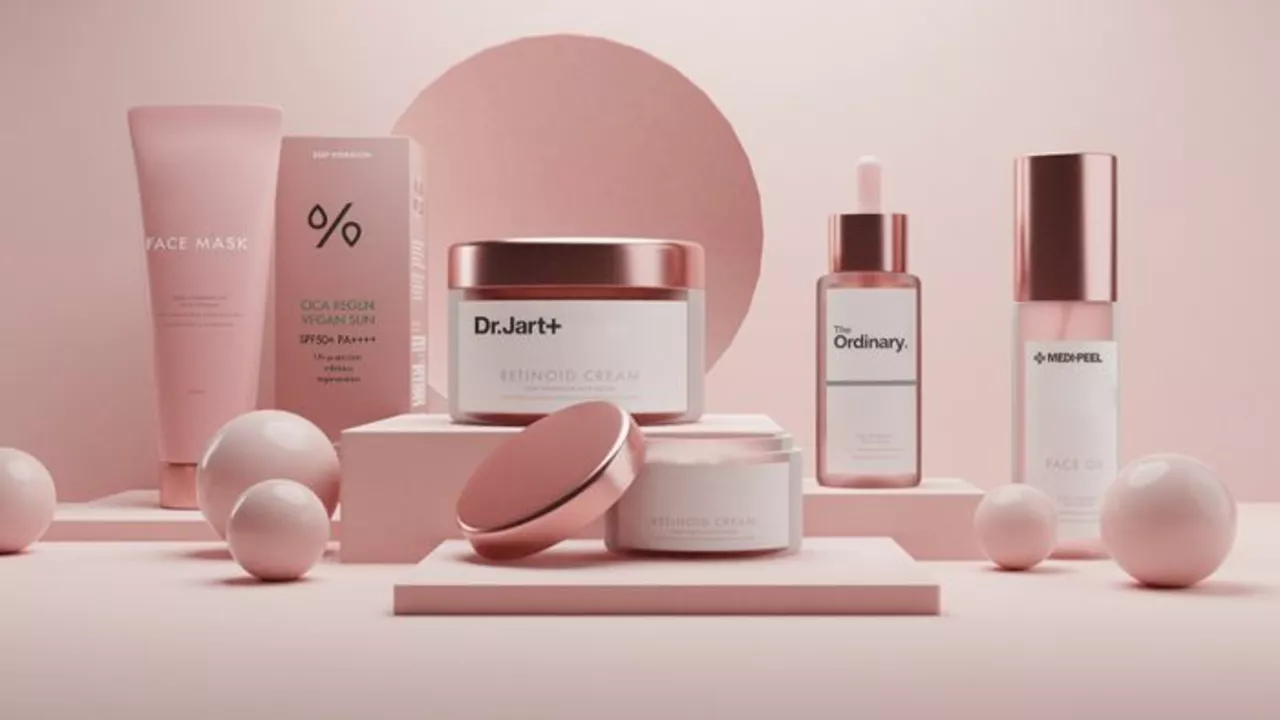Understanding the Basics of Cosmetic Product Development
The journey to creating a successful cosmetic product starts with understanding the basics. One must acknowledge the fact that creating a cosmetic product isn't just about mixing a few ingredients together. It involves a series of complex and intricate processes that require professional expertise, time, and a significant amount of financial investment. The cost of creating a cosmetic product is dependent on several factors such as formulation, packaging, production, testing, and marketing.
Costs Associated with Formulation
Formulation is arguably the most critical aspect of cosmetic product development. It involves the creation of a unique and effective formula that meets the intended function of the product. This process requires the expertise of a cosmetic chemist or a formulator, which comes at a cost. The ingredients used in the formula also significantly contribute to the overall cost. High-quality, organic, or rare ingredients tend to be more expensive. Additionally, if you're aiming to create a product free from harmful chemicals or allergens, the cost of formulating may rise further.
Investment in Packaging and Design
After formulating the product, the next step is packaging and design. The packaging not only protects the product but also plays a significant role in attracting consumers. You can choose from a variety of packaging options such as glass, plastic, metal, etc., each with varying costs. The design involves creating an appealing and unique look for your product that aligns with your brand's identity. Professional design services can be quite expensive, but the investment is often worth it as good packaging and design can significantly boost sales.
Production Costs
Production is another major cost driver in cosmetic product creation. Whether you decide to produce the product in-house or outsource production to a contract manufacturer, there are costs involved. In-house production requires investment in equipment, raw materials, labor, and facility costs. On the other hand, contract manufacturing involves paying for the services of a third-party manufacturer. The cost of production is largely dependent on the scale of production. The larger the scale, the higher the cost.
Testing and Compliance
Before launching a cosmetic product, it is mandatory to conduct thorough testing to ensure it is safe for use. Depending on the complexity of the product, various types of tests may be required, including stability testing, microbiological testing, and user testing, all of which incur costs. Additionally, the product must comply with the regulations of the countries where it will be sold. Compliance involves costs related to certification, registration, and legal fees.
Marketing and Sales
Last but not least, marketing and sales is another significant cost factor. The cost of promoting a product can often exceed the cost of creating the product itself. Marketing expenses can include hiring a marketing team, advertising, public relations, launching a website, and attending trade shows. Sales expenses involve distribution costs such as shipping, warehousing, and retailer margins. The cost of marketing and sales is largely dependent on the marketing strategy adopted and the scale of the business.
In conclusion, the cost of creating a cosmetic product is influenced by a wide range of factors. It can range from a few thousand dollars for a small-scale business to millions of dollars for a large-scale operation. However, with proper planning, budgeting, and strategy, it is possible to create a successful cosmetic product that offers a return on investment.
